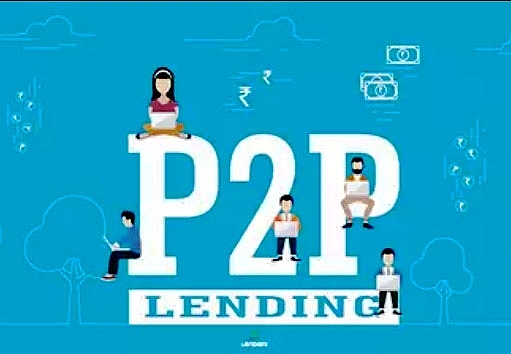Government moves to legalise P2P lending
 |
| P2P lending will soon be permitted as part of a pilot programme before new laws are developed for the activity. - Photo Photo www.lendenclub.com |
During a recent meeting with relevant ministries and agencies to discuss P2P lending, Hue instructed that during the pilot operation, P2P lending would be restricted to connecting lenders and borrowers as currently being run by most P2P lending companies in Viet Nam. P2P lending companies would not be allowed to mobilise capital, but act as intermediaries to connect lenders (investors) and borrowers.
According to Hue, under the trial operation, financial institutions will not be allowed to take part in P2P lending. However, he noted, the Government would consider the participation of the institutions in the business model in the future.
Hue asked that the new decision must clearly show the State’s viewpoint is to strictly forbid and strictly punish activities disguising P2P lending as it violates the country’s current legal regulations prescribed in the Law on Credit Institutions. Under the regulations, individuals and organisations, which are not credit institutions, are not allowed to carry out banking activities, except for margin and stock trading of securities companies.
“Authorities must quickly have access to new business models, and at the same time, enhance supervision to discover and deal with any legal violations related to the activities,” he stressed.
According to the SBV, the fourth industrial revolution has promoted the development of many new products and services, including P2P lending, which is designed and developed on the basis of digital technology to directly connect borrowers with lenders without going through financial intermediaries such as credit institutions or foreign bank branches.
P2P lending experienced a period of fast growth and development starting in 2005. However, the lending remains a new business model in Viet Nam and the country currently does not have specific laws regulating the activity. There are now 40 P2P companies providing a platform for money lending between users in the country.
According to Pham Chi Quang, Deputy Director of the State Bank of Vietnam (SBV)’s Monetary Policy Department, if P2P lending is well managed, it would facilitate inclusive finance, especially in remote areas where the banking sector remains underdevelopment. The lending will also help customers, especially household businesses and small- and medium-sized enterprises access banking and finance services at low costs.
The development of P2P lending will also create a new capital supply channel. Research conducted by Transparency Market Research showed that P2P lending would surge by 48.2 per cent annually in the 2016-24 period, while Morgan Stanley forecast the business model would reach a growth rate of 53.5 per cent globally by 2020.
However, the lending also has many potential risks that have been experienced all over the world. This form of lending is fertile ground for high-tech crimes and fraud, such as tax evasion, money laundering, terrorist financing and theft of personal information.
In Viet Nam, there have recently appeared several service providers with similar models to P2P lending companies. But, operations of such companies have some shortcomings. For example, they falsely advertise profits, or provide inaccurate information related to risks when participating in the service.
Some lenders also lend at very high interest rates, far exceeding the interest rate cap of 20 per cent per year legally allowed by the country.
The SBV warned if a dispute arises due to the failure to claim loans, lenders may lose money as it makes it difficult to claim responsibility from P2P lending platform providers.
According to the SBV, the lending may cause socio-economic instability due to borrower defaults, causing long-term and heavy consequences that many countries around the world have experienced. China had to eliminate some 160 online lending companies as they were in fact high-tech criminals working to cheat investors.
What the stars mean:
★ Poor ★ ★ Promising ★★★ Good ★★★★ Very good ★★★★★ Exceptional
Related Contents
Latest News
More News
- PM urges Ho Chi Minh City to innovate and remain Vietnam’s economic locomotive (November 26, 2025 | 15:29)
- Experts chart Vietnam's digital finance path: high hopes, high stakes (November 14, 2025 | 10:56)
- Vietnam’s seafood imports surge 30 per cent in first 10 months (November 10, 2025 | 19:35)
- Vietnam’s durian exports hit $1 billion milestone (October 30, 2025 | 17:41)
- Beyond borders: Sunhouse and new era of Vietnamese brands on Amazon (October 28, 2025 | 10:46)
- Record-breaking trade fair set to open in Hanoi (October 15, 2025 | 15:59)
- Timber sector seeks solutions to VAT refunds (October 14, 2025 | 18:58)
- Tether explores investment prospects in Vietnam’s digital asset sector (October 10, 2025 | 18:09)
- Vietnamese investors pour nearly $847 million into overseas markets in nine months (October 08, 2025 | 18:42)
- Vietnam amends Law on Civil Aviation to create drive airport investment (October 03, 2025 | 18:29)

 Tag:
Tag:




















 Mobile Version
Mobile Version